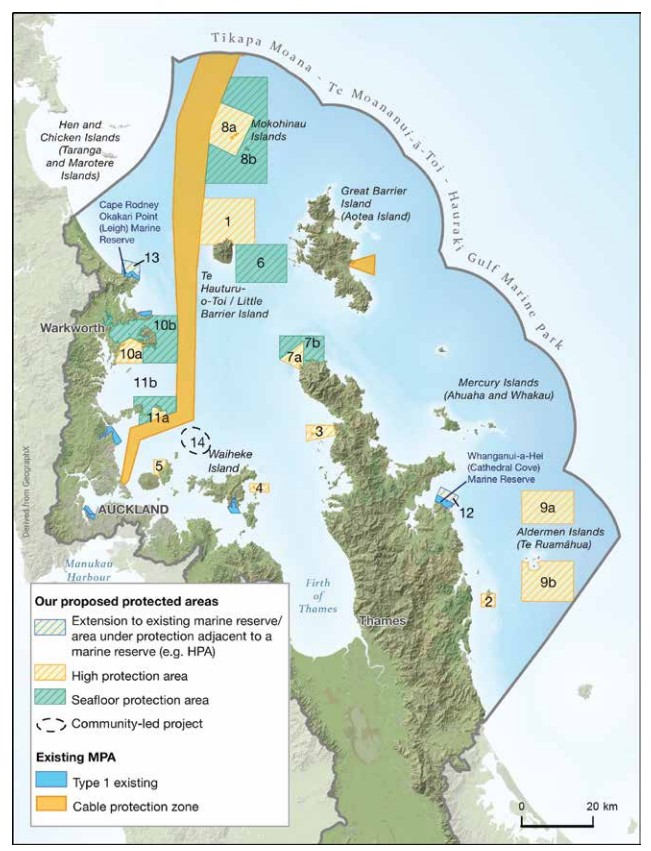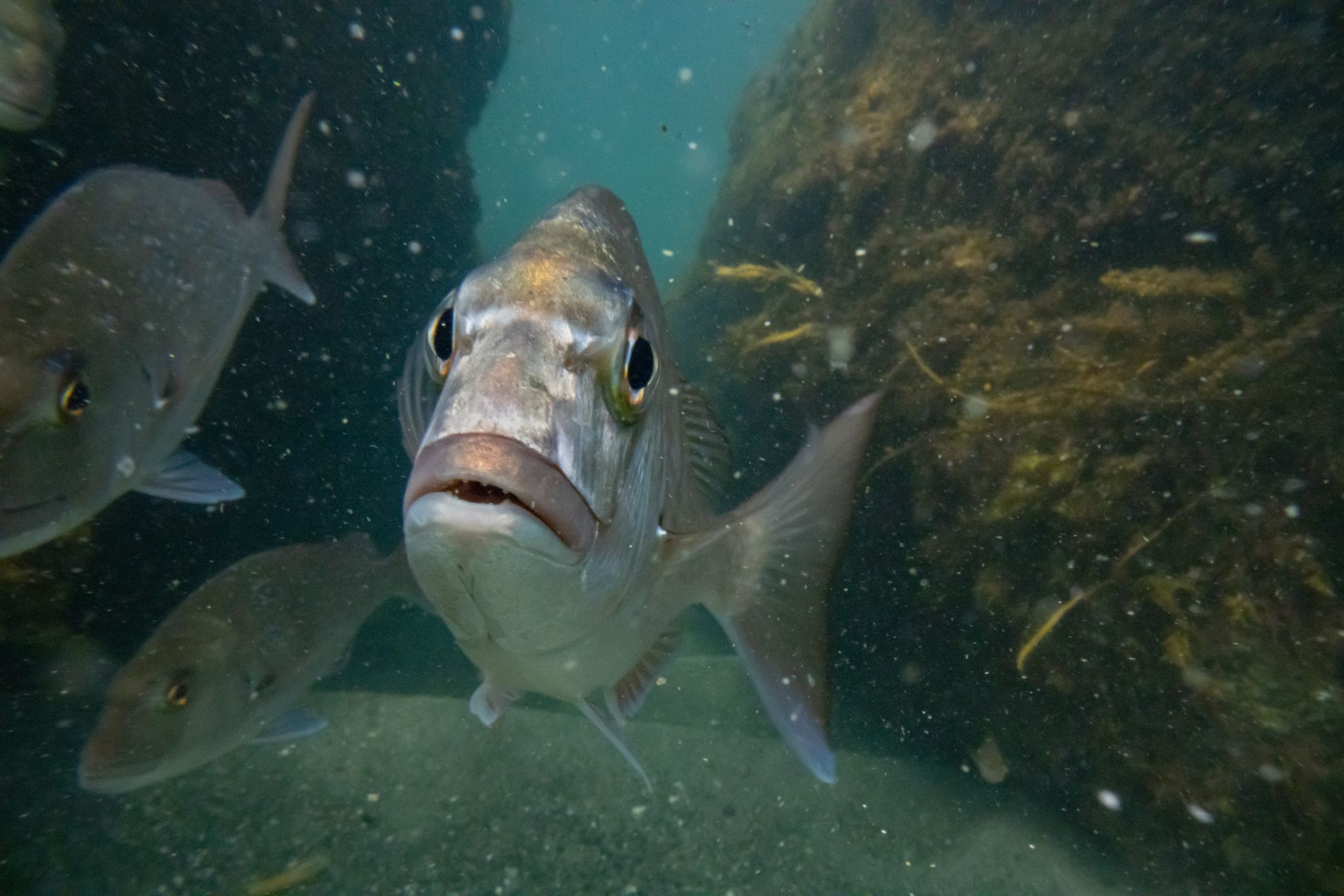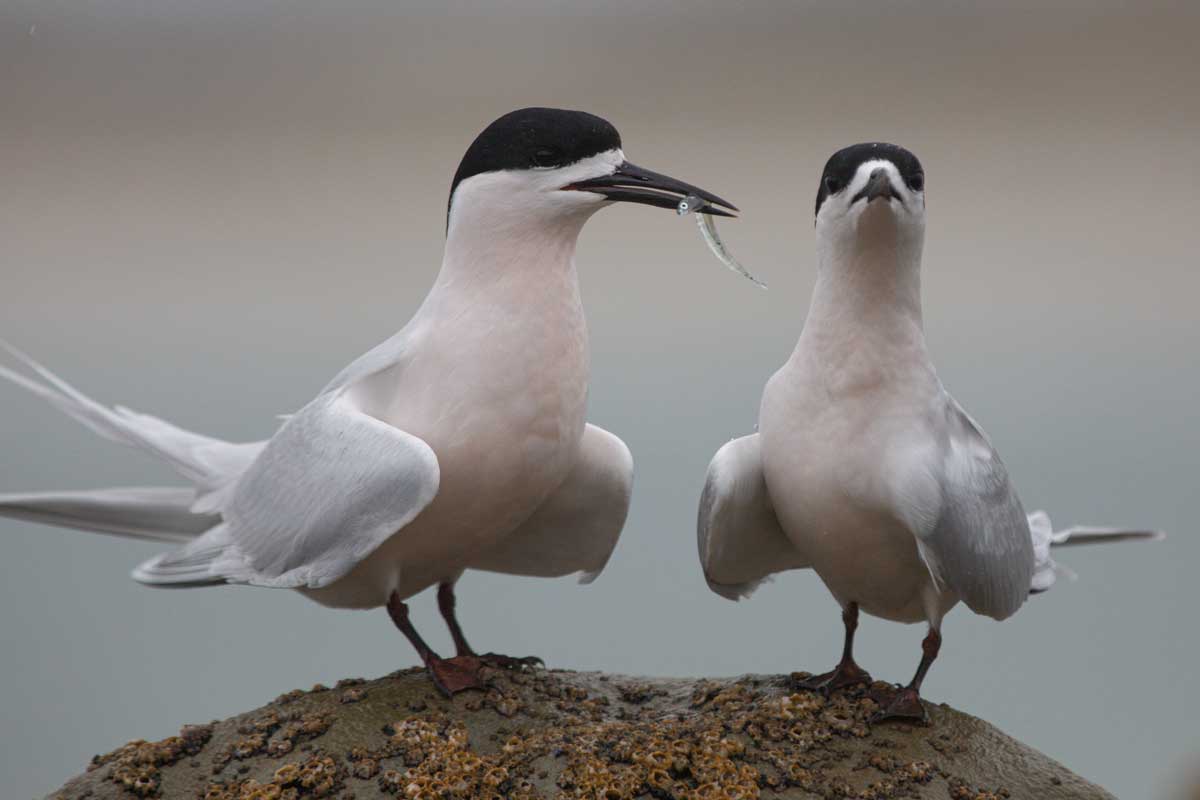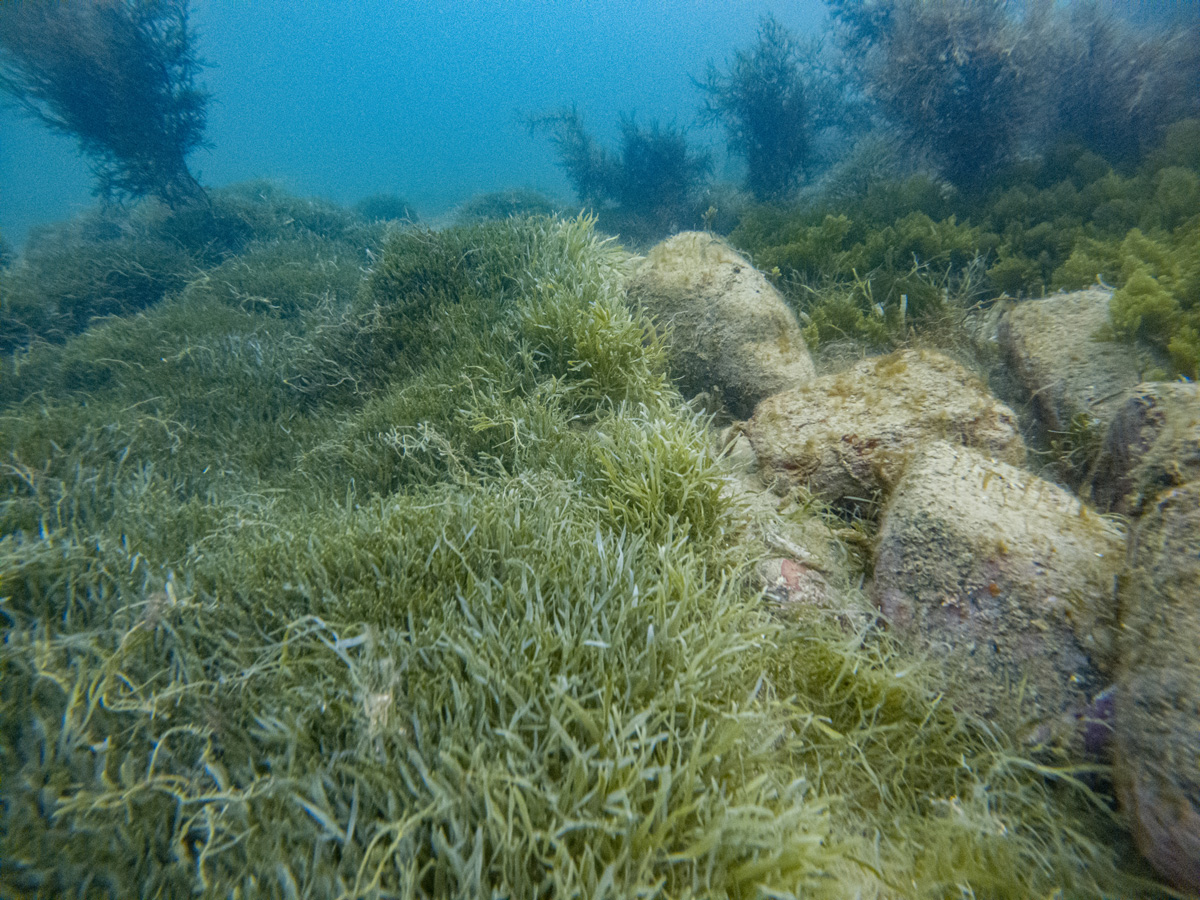The government’s strategy, Revitalising the Gulf (or see the short version, At A Glance), in response to the 2017 Sea Change Plan was released this week. One of the actions is to respond to the calls of a much needed increase in Marine Protected Areas (MPAs).
What are Marine Protected Areas (MPAs)?
Marine Protected Areas (MPAs) are areas where activities are restricted or banned completely to allow for a level of protection for the habitat/ecosystem to either recover or remain in it’s current condition. In New Zealand, these areas must meet the Marine Protection Standard to be classed as a Type 1 or 2 MPA.
Marine reserves (Type 1) are implemented under the Marine Reserves Act 1971 and are the highest level of marine protection with absolutely no-take allowed. This is not just limited to fish but anything found in a marine reserve must not be taken out e.g. sand and shells at the beach. In the Hauraki Gulf, there are 6 marine reserves that cover 0.3% of the Hauraki Gulf Marine Park.
“The main aim of a marine reserve is to create an area free from alterations to marine habitats and life, providing a useful comparison for scientists to study. Marine reserves may be established in areas that contain underwater scenery, natural features, or marine life of such distinctive quality, or so typical, beautiful or unique that their continued preservation is in the national interest.” – Department of Conservation
Cable protection zones (Type 2) are not designed with the marine environment in mind but do provide incidental protection. Their primary purpose is to protect undersea cables and pipelines by preventing at-sea activities that have the potential to cause damage. In doing this, they may also have the added benefit of protecting the marine life found within the zone. If it is found that the zone is beneficial enough, they can become designated Type 2 MPAs. In the Hauraki Gulf, there are 2 cable protection zones.
Mātaitai reserves (Type 2) are developed and managed to allow for customary fishing and management.
“Though not proposed primarily for biodiversity protection, if tangata whenua so wish then it is possible to implement mātaitai reserves in such a way that it meets the criteria for a Marine Protected Area.“ – Department of Conservation
Fisheries closure zones are also a Type 2 MPA and there are other types of marine protection that do not meet the requirements of the Marine Protection Standard. These include Benthic Protection Areas, Seamount Closure Areas and Marine Mammal Sanctuaries.
What has the government announced?
The Government’s plan announced that there will be an establishment of new types of marine protection – 11 High Protection Areas, 5 Seafloor Protection Areas as well as 2 additional areas to come under protection next to 2 of the existing marine reserves.
“These 18 measures will increase the area under marine protection in the Gulf from 6.6 percent
(including the existing cable protection zone) to 17.6 percent” – Revitalising the Gulf, page 5

What the new areas will look like in terms of the level of protection given to them is yet to be determined as the government will now begin the process of:
• engaging with mana whenua to define the provision for customary practices in High Protection Areas;
• undertaking public consultation on the marine protection proposals;
• providing for customary practices in High Protection Areas when drafting new legislation required to implement the new protection tools;
• ensuring that the protected area proposals complement the management actions under the Hauraki Gulf Fisheries
The aim is for the new marine protection zones to be implemented by 2024 with a marine protection monitoring and reporting programme established to ensure each area is meeting its management objectives and working alongside the other actions in the Strategy including fisheries management, active habitat restoration, protected species and Ahu Moana.





